Butyl vs latex vs TPU: what are the best inner tubes for cycling?
If you think all inner tubes are made equally, this overview of the different tubes on the market might come as a surprise.
Alex Hunt
Junior Tech Writer
Alex Paton and Ollie Bridgewood have taken it upon themselves to put the three main inner tube materials head-to-head to find out, once and for all, which type of inner tube is the best. The three main offerings when it comes to inner tubes are, butyl, latex and TPU, but what does that all mean and is there really a noticeable difference between them?
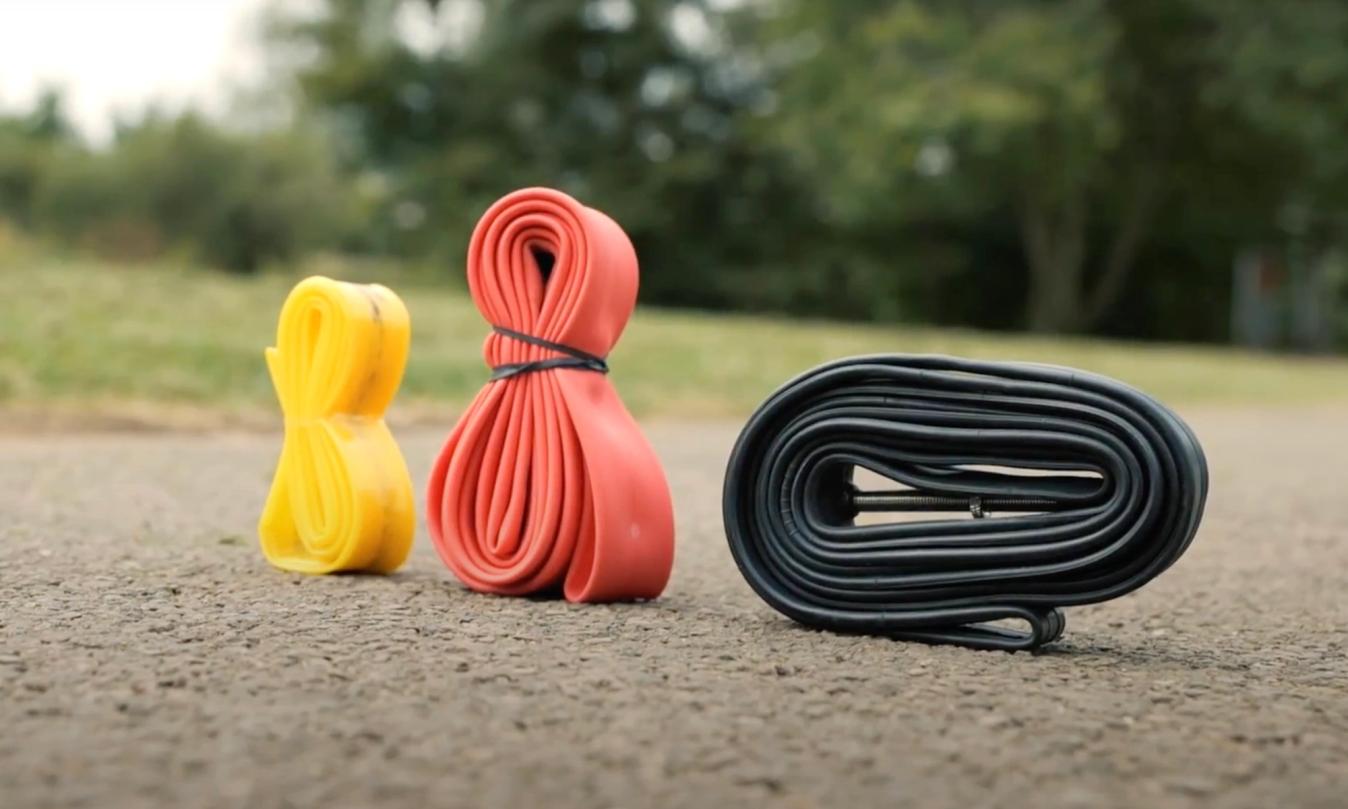
© GCN
There are three main types of inner tube: butyl (black), latex (red) and TPU (yellow)
Inner tubes can offer one of the best money-per-benefit upgrades on a bike, both in terms of weight savings and rolling resistance. Although here at GCN we are big fans of tubeless wheels and tyres, there is definitely still a place on the market for a traditional tube and tyre set-up. Some of the fastest tubes and tyre combinations are just as fast as the best tubeless tyres out there, but come with none of the hassle that comes with setting up tubeless tyres.
Read more: complete guide to road cycling tyres
Butyl inner tubes
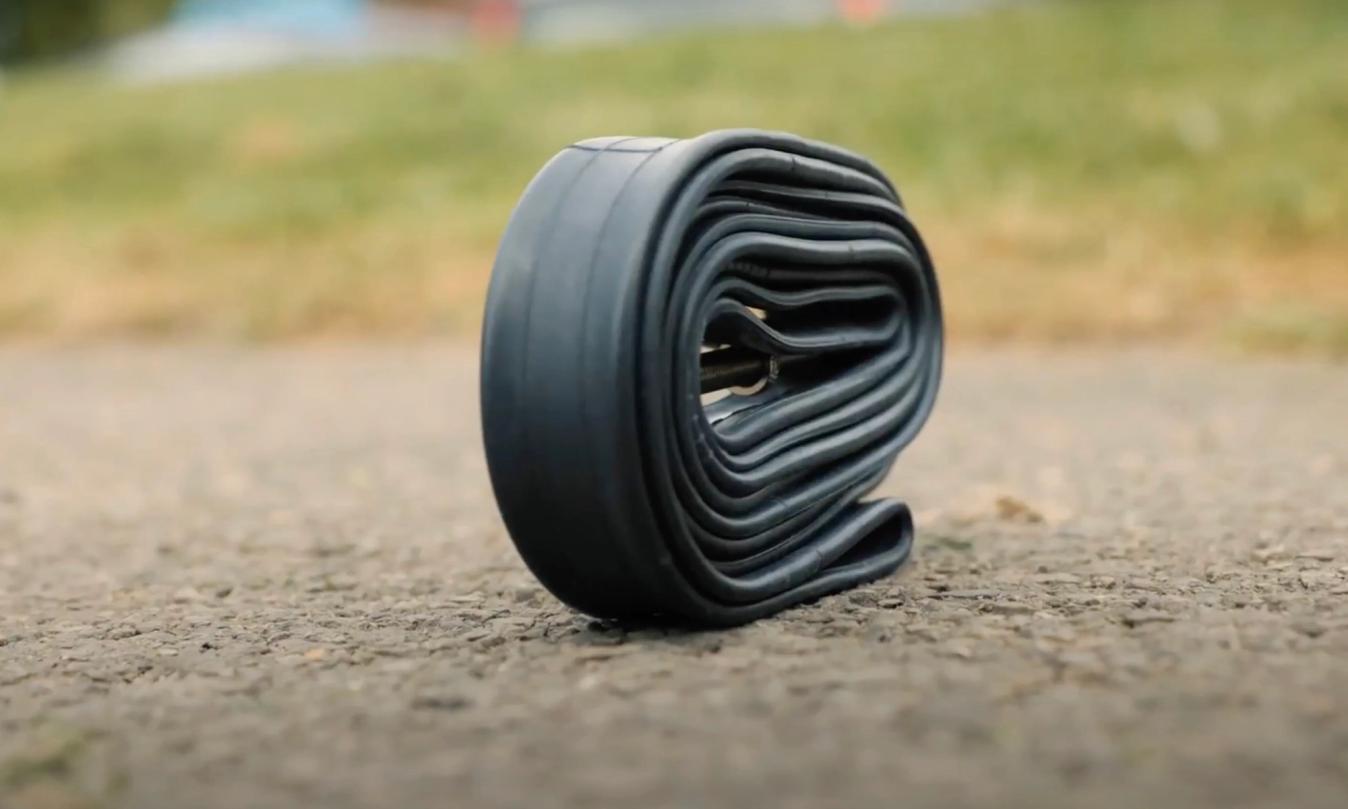
© GCN
Butyl inner tubes are the standard and most widely used inner tubes in cycling
These are the most common type of inner tube and the ones that come as standard on road bikes. Butyl inner tubes are made using an elastomeric polymer that gives it the ability to stretch and return to its original shape, typically they are black in colour and are the lowest cost option, retailing for around £/$/€5.
Latex inner tubes
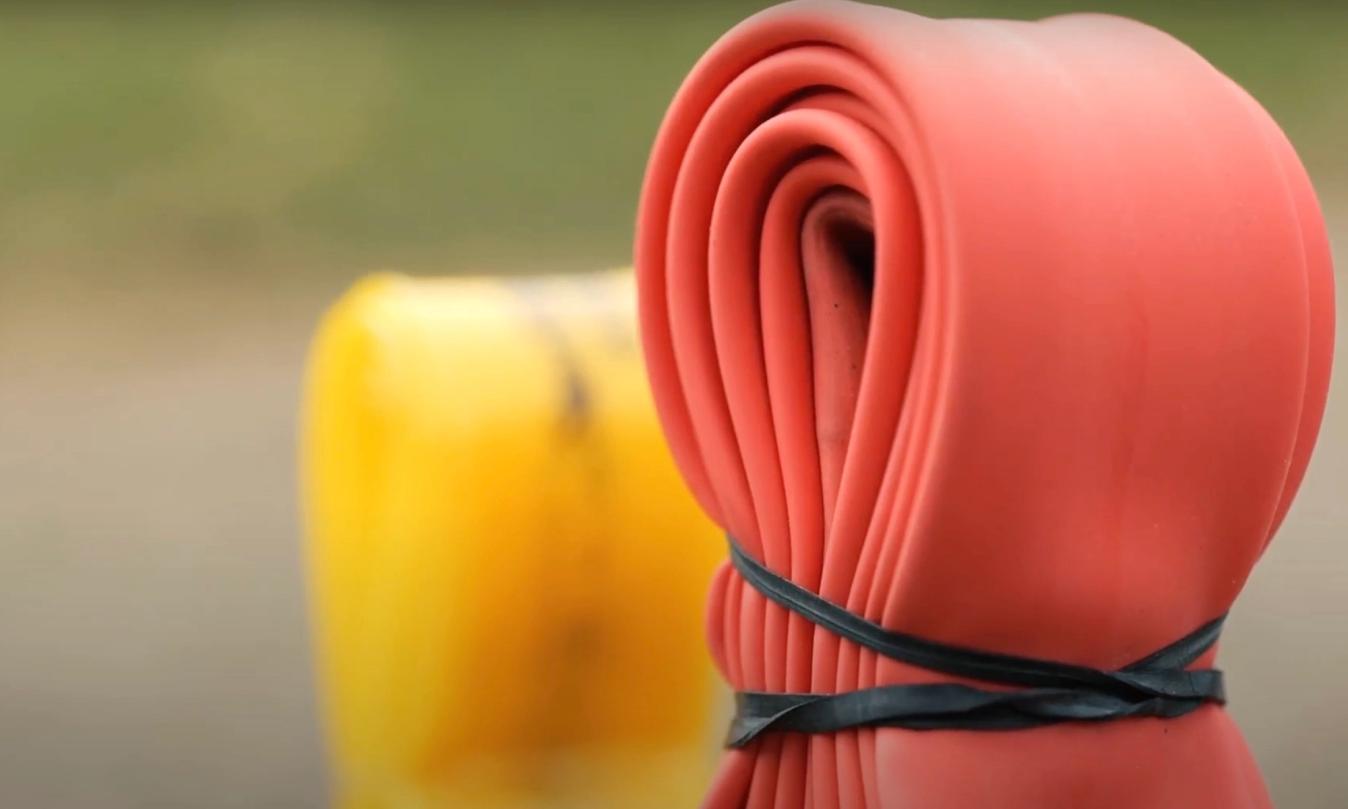
© GCN
Latex inner tubes hit the middle ground in terms of cost
These are made using a natural product with latex rubber typically coming from Amazonian rubber trees. This is then refined and processed into inner tubes that come in pink, blue or green colours. One of the interesting characteristics of a latex inner tube is that is is permeable, meaning that over time a latex inner tube will lose pressure. A latex inner tube is going to cost more than a butyl inner tube, retailing for around £/$/€15.
TPU inner tubes
.jpeg?w=1348&auto=format)
© GCN
TPU tubes are the newest to the game and for that reason are also the most expensive
These are a recent technological development in the world of inner tubes, with TPU standing for Thermoplastic Polyurethane, a flexible plastic with an inherently low weight. TPU inner tubes are available in numerous different colours including clear. As you would expect with the latest in inner tube technology, these do come with a high price tag and you can expect to pay around £/$/€30 for a TPU tube, although the price of them is already starting to come down.
What are the real differences between them?
With cost aside, there are two main factors that differentiate these different tubes. Firstly, the weight of each type of tube and, secondly, the rolling resistance, or lack thereof, that they offer.
As you might expect when it comes to the overall weight of these inner tubes, the more expensive tubes weigh less, however just how much less is actually rather striking. A typical butyl inner tube is going to weigh around 140 grams depending on size and valve length. Stepping up to the latex inner tube, the weight is going to decrease down to roughly 85 grams, once again depending on the size and valve configuration. Finally the most costly option, the TPU tube comes in at a feathery 25 grams per tube.
On the surface this might not look particularly newsworthy, however the difference between the heaviest and lightest tube is around 115 grams and, considering you need a tube for both wheels, that can be doubled to 230 grams.
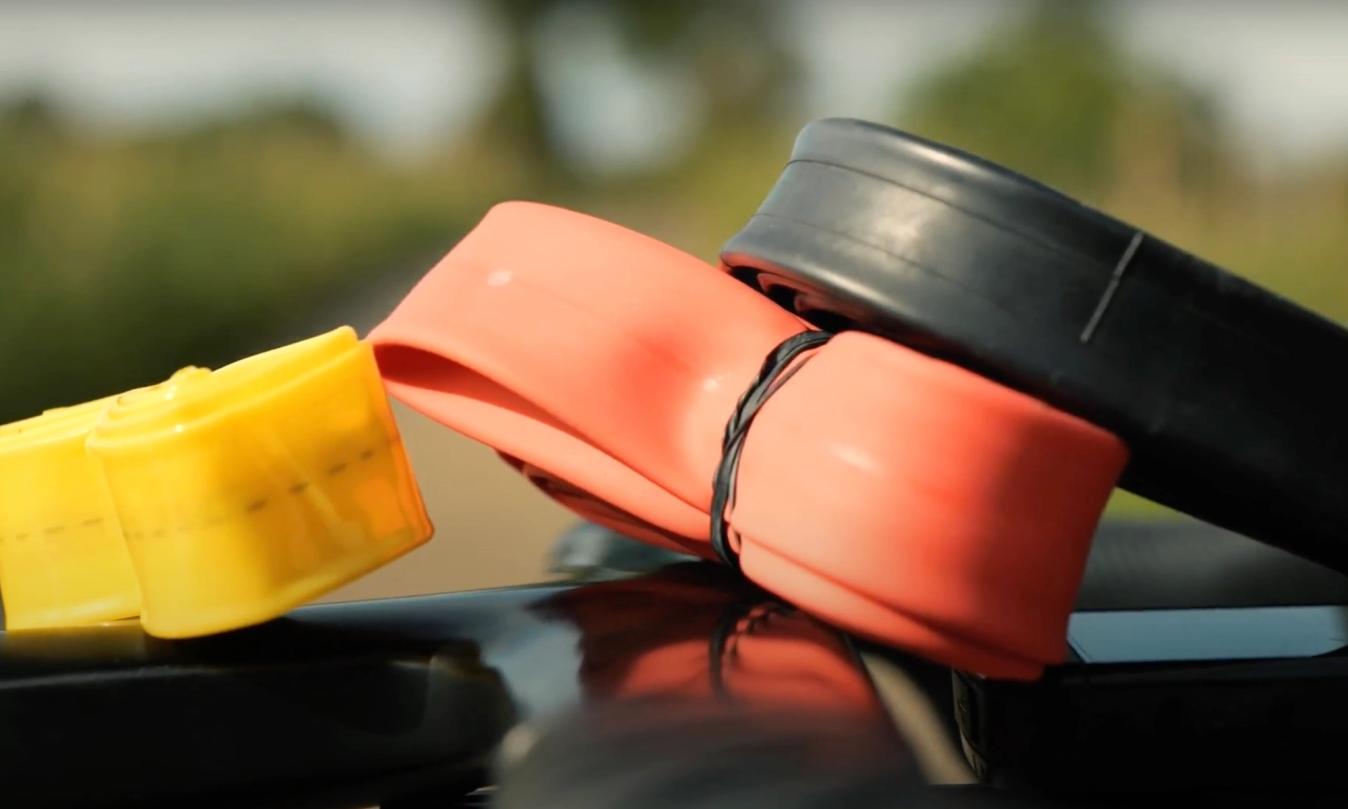
© GCN
Upgrading your inner tubes from butyl to TPU could be the most cost-effective weight saving you can make on your bike
This weight saving is astonishing for something so mundane as an inner tube, but it also makes this the most cost-effective pound-per-gram upgrade you can do on your bike. For around £/$/€50 you can look to shed nearly a quarter of a kilo in weight from your bike, something that would cost hundreds of your chosen currency to achieve elsewhere on the bike.
The other clear difference between the different tubes is the amount of rolling resistance that they cause. Trying to determine exact figures for rolling resistance in the real world can be a real mission as there are so many factors that come into play, making it hard to attribute any meaningful differences to rolling resistance alone. Fortunately for the data nerds among us, websites such as Bicycle Rolling Resistance and AeroCoach are here to help out.
According to some of the research conducted by Bicycle Rolling Resistance, the very best butyl inner tubes are still going to offer around three watts more rolling resistance than a TPU tube, and four more watts than a latex tube. Out of the three variants in tube material, latex tubes offer the lowest rolling resistance, making them the best tube for out-and-out speed.

© GCN
On long alpine climbs a bike with TPU tubes can be 10 watts faster, equivalent to 2kg of weight
These quoted figures are per wheel, so the difference out on the road between a poorly performing butyl inner tube and a latex tube could be in the region of 10 watts. This difference is huge and is definitely something that is tangible to a rider. For context, a saving of five watts on a long alpine climb such as Alpe dʼHuez is equivalent to around one kilogram of weight, making these efficiency gains really rather noteworthy.
Read more: what's the difference between cheap and expensive wheels?
Living with each tube
What about puncture resistance? It's all well and good running a super fast inner tube that will have you charging around your local roads, but if even the idea of a thorn is enough to have you parked up at the side of the road, then the benefits aren’t worth it.
Luckily on this front there is no real world differences between the tubes. Measuring a tube's resistance to punctures outside of the tyre might show some difference between materials. However, once they are fitted inside a tyre that is the ultimate line of puncture protection, so each tube's performance is almost identical as anything that can make it through the carcass of a tyre can almost certainly make it through any inner tube.
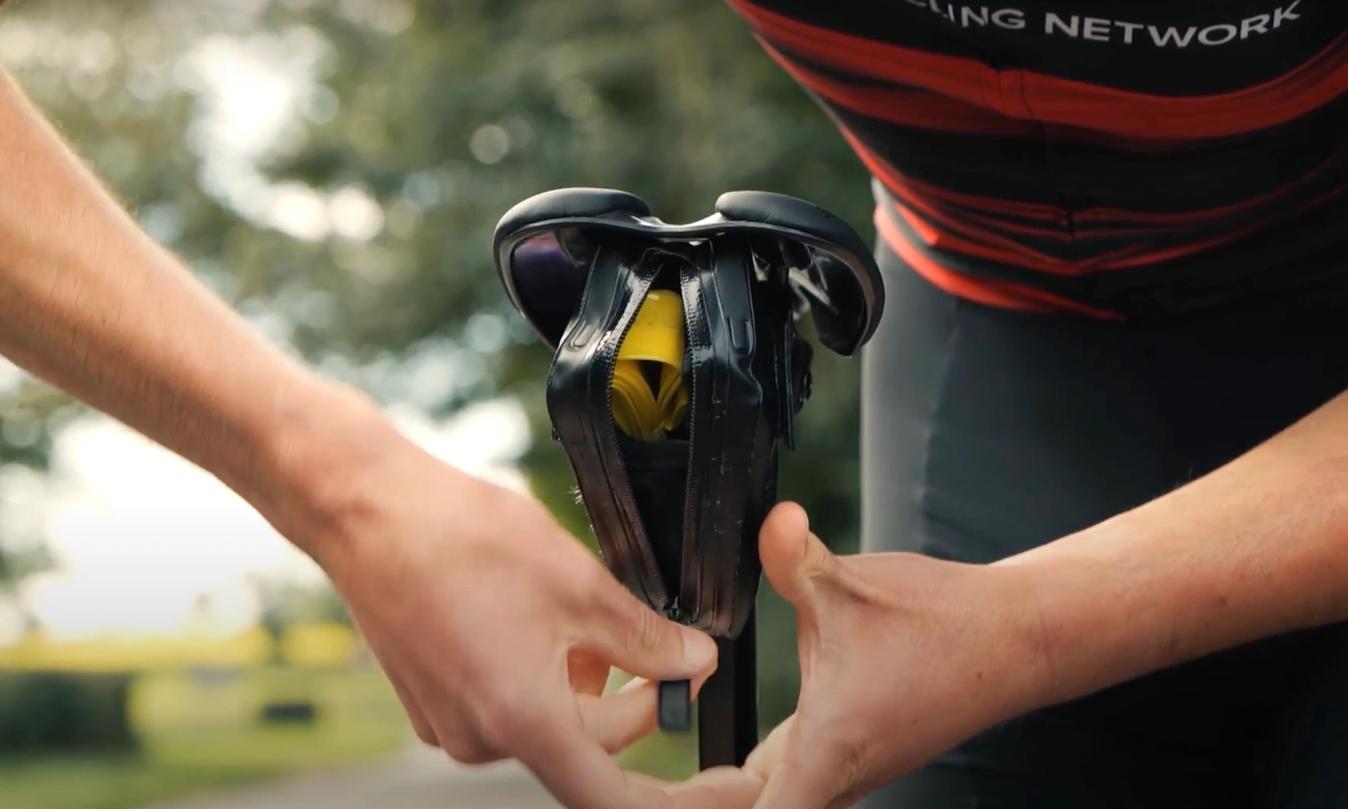
© GCN
TPU inner tubes are robust and pack down nice and small, making them easy to carry out on a ride
It is important to note that there are some differences with these tubes that might need to be considered. TPU inner tubes certainly come top of the list in this regard. Due to their construction they can be folded down a lot smaller than the other tubes and are fairly damage resistant. Butyl tubes are a close second with a comparable ease to live with, however they do come in a bulkier footprint that can be harder to carry with you.
The outlier in the group for the aspect of ease of living with is the latex inner tube. This does take more care as they don’t hold air for long periods of time, you might even find that day to day you need to pump your tyres back up as they will slowly lose pressure. They also do take a bit more care when handling or packing them in to a saddle bag or pocket as they are more prone to damage than the other two.
Read more: the huge problem with modern tyres and wheels
Comfort
It might not be something that immediately comes to mind when considering which inner tube you are going to fit in your tyres, but the comfort on offer varies noticeably based on the tube you are running.

© GCN
Inner tubes can greatly affect the comfort on a bike and for the same pressure each tube offers a different level of compliance
This is because a more supple tube is going to present less resistance to the tyre, allowing it to deform more easily, resulting in a more compliant tyre. For identical tyre pressures, latex inner tubes are going to offer the most comfort, followed by TPU with butyl taking the last step on the podium in this respect.
The final verdict
The right inner tube is going to be a personal choice depending on what you are looking for, however for Alex the winner as the best inner tube you can fit to your bike is the TPU tube. Although it is the most expensive, it has noticeable benefits both in terms of efficiency and rolling resistance, as well as being nice and compact to carry as a spare.
Ollie is more on the fence on this front claiming that all tubes have their own benefits that makes it impossible to crown a ‘best’ tube. For out-and-out speed, the latex tube is going to be the one to go for, however for ease of living with a TPU or butyl tube is going to be a better option.
Regardless of what tube you find yourself fitting in your tyres, you now have a clearer understanding of what is going to meet your needs.
If you have any other advice or stories from changing inner tubes, let us know in the comments section below this article.
Watch the best live racing all year round on GCN+, with unrivalled analysis, highlights and replays on demand. Territory restrictions apply, check availability here.








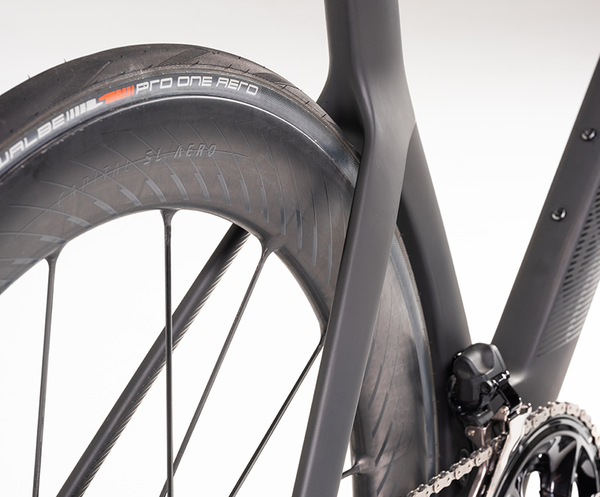


.jpg?w=600&auto=format)